The approaching of the accession to the WTO and the implementation of the Western Development Strategy have provided a good opportunity for the product development and market development of internal combustion forklifts, electric industrial vehicles, and light and small handling vehicles and other mobile industrial vehicles. In order to help companies make decisions, relevant industry experts analyzed the current situation of the mobile industrial vehicle industry.
According to the analysis, the characteristics of China's mobile industrial vehicle industry are as follows: economies of scale have achieved results, technological progress has ensured the development of the market, new mechanisms have brought vitality to enterprises, and key leading companies have maintained stable product quality, diversified product varieties, and the development of wholly-owned and joint ventures. rapid. According to statistics, in 2000 the national forklift manufacturers (including wholly-owned and joint ventures) sold 22,348 mobile engineering vehicles, including 18,072 internal combustion forklifts, which accounted for 80.8% of the total sales, and 3,174 electric counterbalanced heavy-lift trucks. The total sales of 14.2%; electric storage vehicles 1102 units, accounting for 4.92% of total sales. Domestic sales of internal combustion forklifts were 15,778 units (including Anhui TCM Forklift Co., Ltd. and Beijing Halla Construction Machinery Co., Ltd.), an increase of 30.76% year-on-year; sales of electric counterbalanced heavy-lift trucks were 1,769 units, an increase of 33.45% year-on-year. 412,189 units of light and small trucks were sold, an increase of over 16% year-on-year. The sales of motorized industrial vehicles of 10 independent companies and joint ventures reached 5,974 units, an increase of nearly 30% year-on-year.
However, the gap between the development of China's mobile industrial vehicles and advanced countries still exists. First of all, China's mobile industrial vehicles have few products and their technological level is behind. China's industrial vehicle manufacturing enterprises are mostly few in variety, and their technical level is low, which means that there is still a gap between the specifications of the industry leader and the Fork Group and the advanced countries. Large-tonnage container forklifts have only started trial production, and no one has automated guided vehicles. Development, many high-tech and special forklifts can not produce. Second, product development and technological innovation capabilities are weak. The product design and research personnel of the world's major industrial vehicle manufacturers generally account for more than 15% of the total number of companies. The annual research and development costs account for more than 2.5% of the total sales. The research power of China's industrial vehicle industry is mainly concentrated in a few pioneer companies, and the technical personnel engaged in product development only account for 7% to 9% of all employees, and even fewer are ordinary enterprises. In the pioneer companies, annual research funding only accounts for 1.5% to 2% of annual sales. Third, the technical and economic indicators of enterprises are far from advanced foreign companies. The labor productivity of the world's most advanced industrial vehicle manufacturing companies is about 150,000 U.S. dollars per person per year, while the total labor productivity of industrial vehicle companies in China is below 30,000 U.S. dollars per person per year.
According to the analysis, the main reasons for these gaps are:
- The overall quality is poor and the sense of competition is weak. The vast majority of companies with state-owned assets as their main body do not yet have the overall quality to enter the market competition. They have weak sense of competition, lack of innovation and lack of market research.
- Influenced by the entire industrial level. Industrial vehicles are technology-intensive products. Their development depends not only on their own technological level, but also directly from other social external environments and industrialization levels, including major raw materials, chemicals, hydraulics and power, social needs and the quality of talents. Many constraints.
—— Decentralized investment and low-level redundant construction have affected the development of key enterprises and caused a waste of funds.
——Technology development forces have shifted from the center of subordinate research institutes to the enterprise-centered model and the combination of production, learning and research needs a process.
——The quality, variety, performance, and reliability of the key components cannot meet the requirements for use. (China Electromechanical Daily)
According to the analysis, the characteristics of China's mobile industrial vehicle industry are as follows: economies of scale have achieved results, technological progress has ensured the development of the market, new mechanisms have brought vitality to enterprises, and key leading companies have maintained stable product quality, diversified product varieties, and the development of wholly-owned and joint ventures. rapid. According to statistics, in 2000 the national forklift manufacturers (including wholly-owned and joint ventures) sold 22,348 mobile engineering vehicles, including 18,072 internal combustion forklifts, which accounted for 80.8% of the total sales, and 3,174 electric counterbalanced heavy-lift trucks. The total sales of 14.2%; electric storage vehicles 1102 units, accounting for 4.92% of total sales. Domestic sales of internal combustion forklifts were 15,778 units (including Anhui TCM Forklift Co., Ltd. and Beijing Halla Construction Machinery Co., Ltd.), an increase of 30.76% year-on-year; sales of electric counterbalanced heavy-lift trucks were 1,769 units, an increase of 33.45% year-on-year. 412,189 units of light and small trucks were sold, an increase of over 16% year-on-year. The sales of motorized industrial vehicles of 10 independent companies and joint ventures reached 5,974 units, an increase of nearly 30% year-on-year.
However, the gap between the development of China's mobile industrial vehicles and advanced countries still exists. First of all, China's mobile industrial vehicles have few products and their technological level is behind. China's industrial vehicle manufacturing enterprises are mostly few in variety, and their technical level is low, which means that there is still a gap between the specifications of the industry leader and the Fork Group and the advanced countries. Large-tonnage container forklifts have only started trial production, and no one has automated guided vehicles. Development, many high-tech and special forklifts can not produce. Second, product development and technological innovation capabilities are weak. The product design and research personnel of the world's major industrial vehicle manufacturers generally account for more than 15% of the total number of companies. The annual research and development costs account for more than 2.5% of the total sales. The research power of China's industrial vehicle industry is mainly concentrated in a few pioneer companies, and the technical personnel engaged in product development only account for 7% to 9% of all employees, and even fewer are ordinary enterprises. In the pioneer companies, annual research funding only accounts for 1.5% to 2% of annual sales. Third, the technical and economic indicators of enterprises are far from advanced foreign companies. The labor productivity of the world's most advanced industrial vehicle manufacturing companies is about 150,000 U.S. dollars per person per year, while the total labor productivity of industrial vehicle companies in China is below 30,000 U.S. dollars per person per year.
According to the analysis, the main reasons for these gaps are:
- The overall quality is poor and the sense of competition is weak. The vast majority of companies with state-owned assets as their main body do not yet have the overall quality to enter the market competition. They have weak sense of competition, lack of innovation and lack of market research.
- Influenced by the entire industrial level. Industrial vehicles are technology-intensive products. Their development depends not only on their own technological level, but also directly from other social external environments and industrialization levels, including major raw materials, chemicals, hydraulics and power, social needs and the quality of talents. Many constraints.
—— Decentralized investment and low-level redundant construction have affected the development of key enterprises and caused a waste of funds.
——Technology development forces have shifted from the center of subordinate research institutes to the enterprise-centered model and the combination of production, learning and research needs a process.
——The quality, variety, performance, and reliability of the key components cannot meet the requirements for use. (China Electromechanical Daily)
Related news:
OEM Brass Forging Parts
| Description: | Brass Forging |
| Material: | Forged brass C37700 or CW617 |
| Process: | Hot Forging, lathe machining |
| Finish: | sand blasting |
| Key tolerance: | +/-0.10mm |
| Application: | plumbing fittings |
| Origin: | China |
| Note: | Above item is for your reference only, not for sale; We only produce custom parts per customer's drawing or sample |
Our forging plant has large-scale forging machines of 10 sets including one 4000 tons free forging hydraulic press. We have more than 50 high qualified technicians. Our forging scope limit is 1-40000 kg and our production capacity is 8000 tons a year. The application material includes all iron, steel, alloy steel, stainless steel, hear-resisting alloy steel, duplex stainless steel and other special materials.
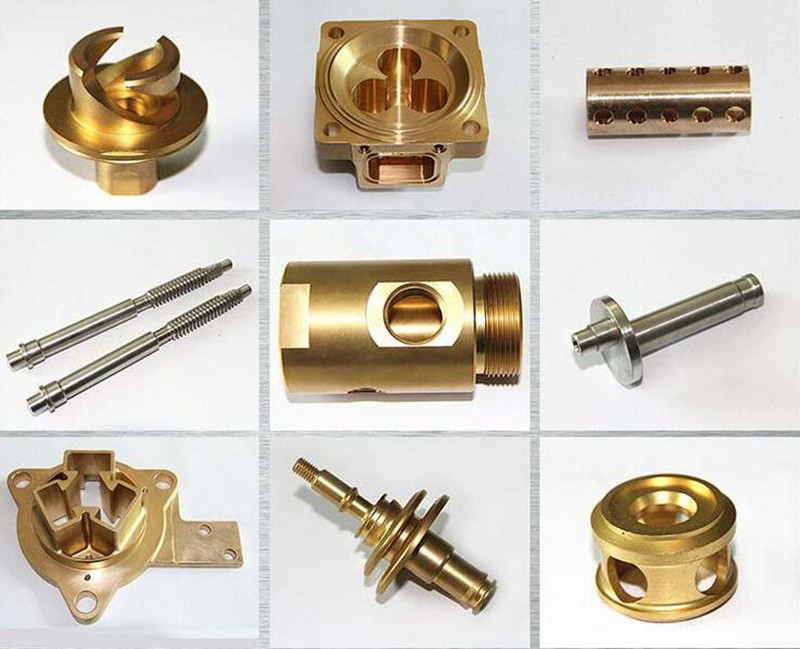
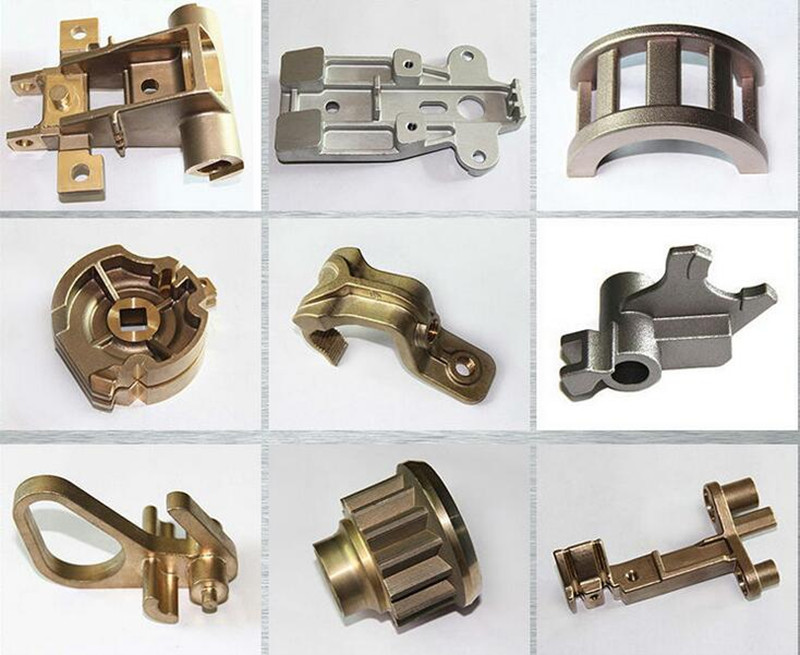
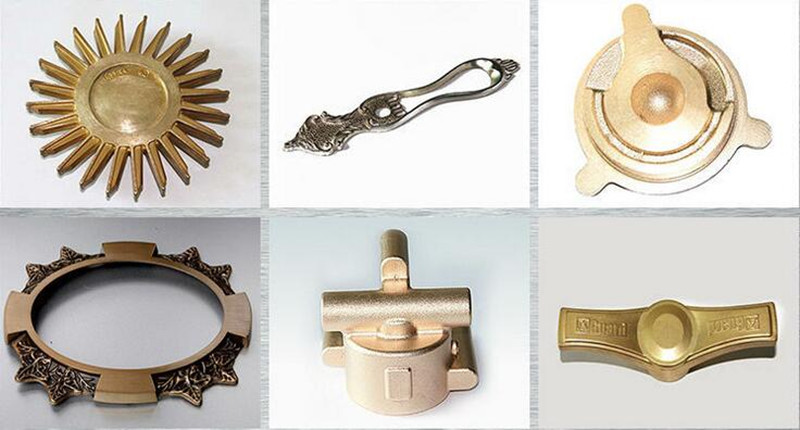
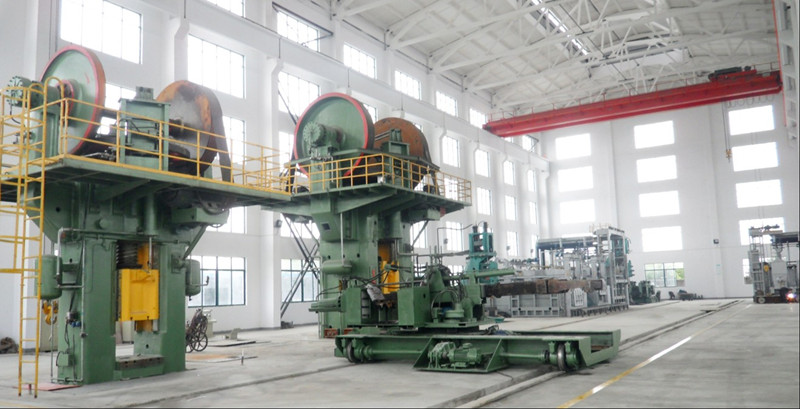
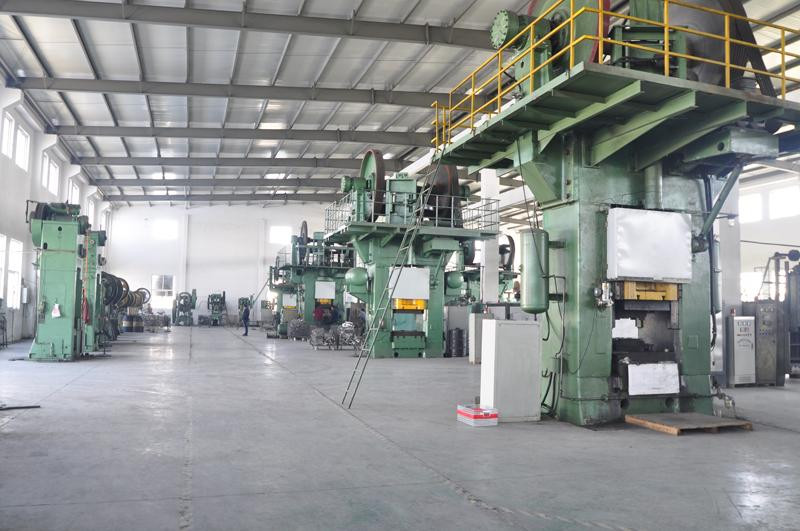
Brass Forging
Brass Forging,Brass Forged Fitting,Brass Long Forged,Forged Pipe Fittings
Hebei Mingda International Trading Co.,Ltd , http://www.mingdacasting.com